They all came out for the night: the great, the good and not-so, the social butterflies, the old friends. Afterwards, Dara Calleary took him aside and told him it was the best Ballina night in years. And Ballina nights are different. At countless society gatherings like last Friday’s, Henry Wills would move through the crowd with his camera and his countless guiles and ministrations to get the photo he wanted. But last Friday night was about him. He sat there, centre of attention, a bit mortified and unused to not directing the public faces to look here, smile there. “You know, Henry, they always say speak truth to power,” Mary Robinson told him warmly from the stage. “And I have to say: you were the bossiest. The photographers: they are the last dictators.”
Wills, the former president rightly told the crowd, was “a maestro” in his field. The occasion was the launch of In All Kinds Of Weather, a magical collection of Wills photographs published in the Western People over 40 years of Mayo and Irish life. As an artefact, it’s a book. As an experience, it’s a carousel that rides through the sonic boom of late 20th century Mayo. James Laffey, the editor, had almost given up persuading Wills to put his name to a collection. Last year, he came up with a double-edged rationale. The year 2023 would mark the 140th anniversary of the Western and the 300th of Ballina herself.
If not now, when?
“I was sort of cajoled into it. One part of me did and one part of me didn’t.”
READ MORE
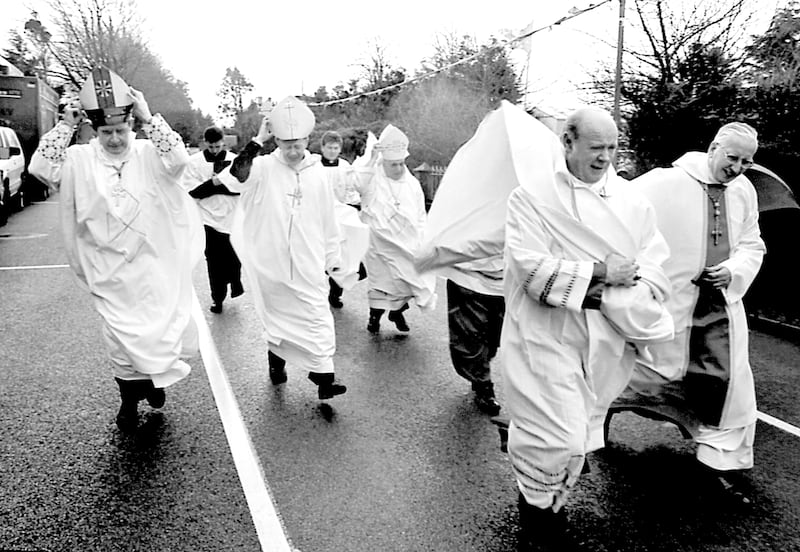
He might well have been speaking for the countless faces looking out at us from the pages of a collection that will stand as one of the most powerful social histories of a Mayo – and Ireland – ever compiled. Wills operated at a time when the camera in public counted as exotica; its presence enough to turn the subject bashful.
He belonged to a generation of photographers who established the form as an independent story, producing images that could be playful, heart-beating, mischievous and just plain magisterial
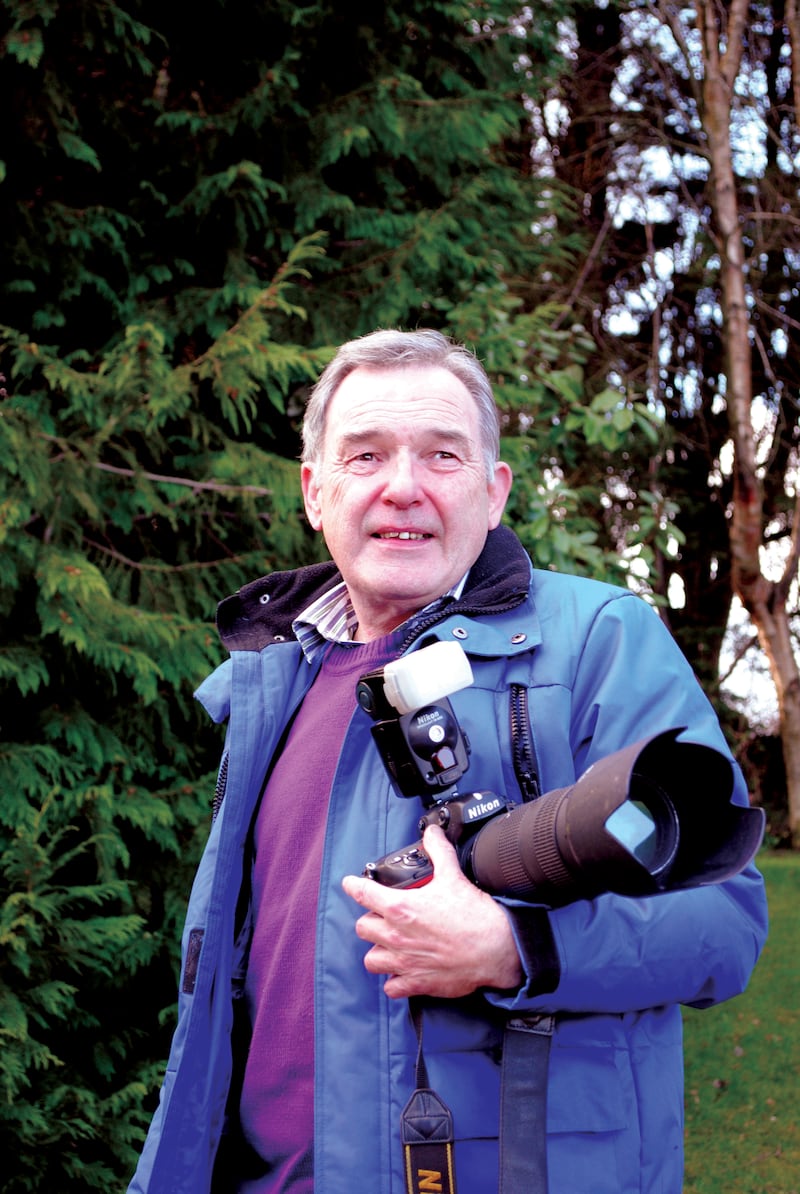
Like all great photographers, Wills possessed the rare eye and the common touch. It was there in his first ever bylined image, when he shot the Knock Basilica, then under construction, under an old stone arch in a nearby graveyard. He belonged to a generation of photographers who established the form as an independent story, producing images that could be playful, heartbreaking , mischievous and just plain magisterial.
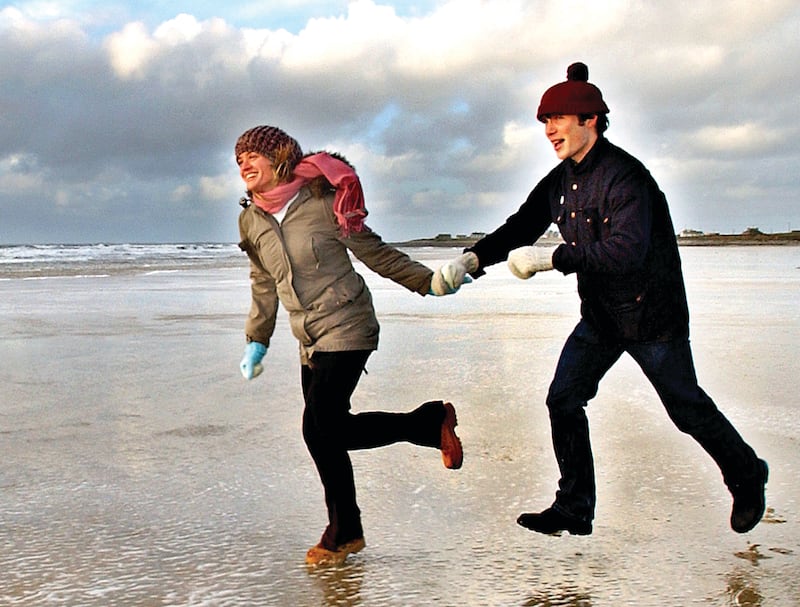
Like many talented photographers, he made no bones about himself. So they gathered. Mary Robinson headed home to Ballina by train for the event. As she sat in the carriage, Enda Kenny came bounding in and joined her. They both headed west for the same reason. “Inda” had changed a flight from Dubai to make the night. There they were, former president and former taoiseach, making the journey westward to honour a retired photographer from a provincial newspaper. Why? Because they knew.
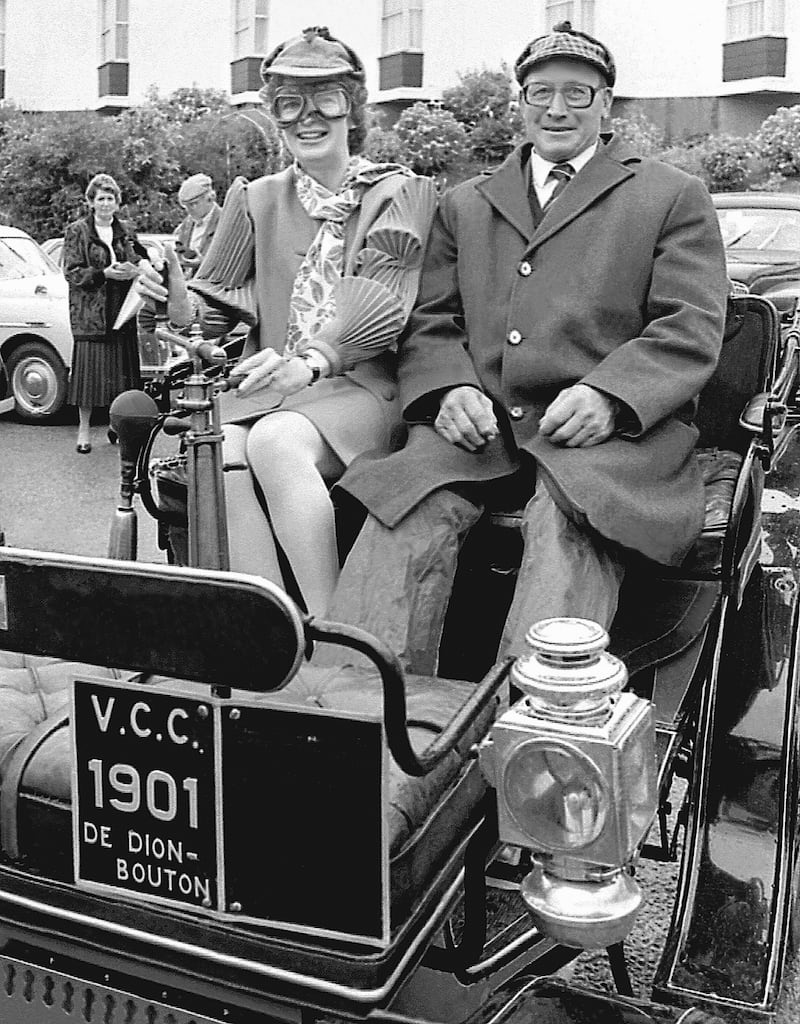
“Henry, look around you and feel proud,” Robinson told him.
“People are here because you had the skill, you had the heart, you had the generosity, you had the spirit, you had the sense of fun, you made people feel somehow something about themselves that you were doing by acknowledging them through your work.”
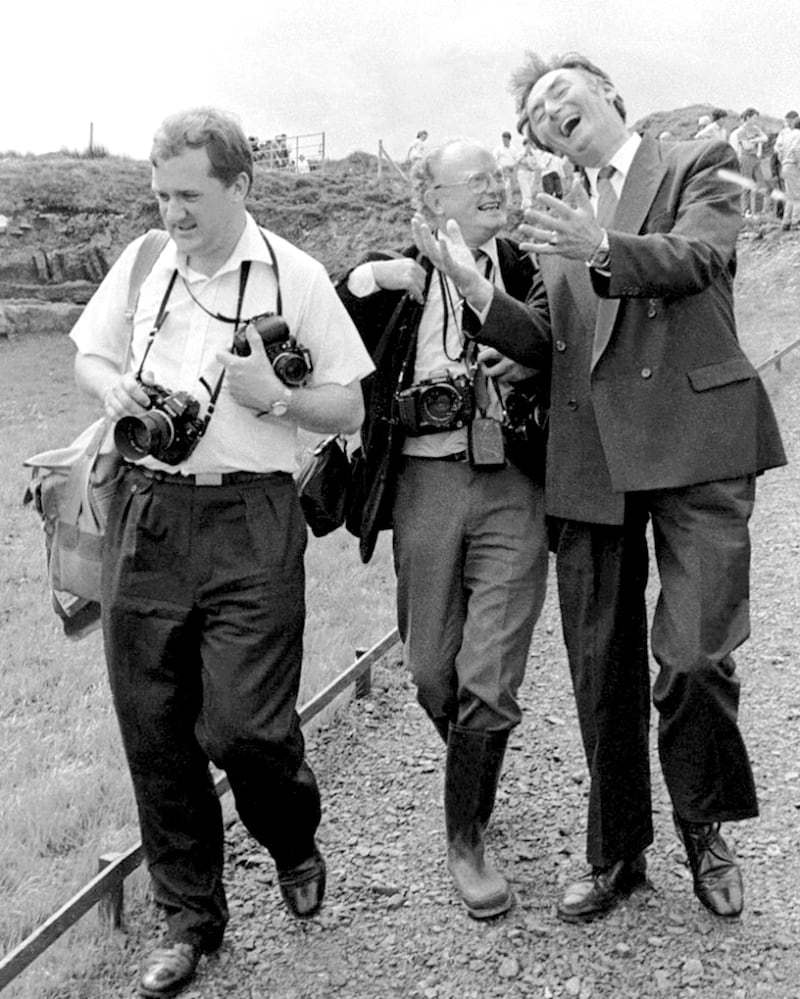
It’s something akin to a vocation. The photographer is at all the major and minor events but is never a participant. The job is to capture a moment with the accuracy of a court stenographer and the eye of an original. Some of these photos are famous. Wills was a brilliant photographer of the religious ceremony – his was the image of the bishop’s finery caught in a west of Ireland gale.
And it was Wills alone who noticed that Garret FitzGerald was wearing odd shoes as he campaigned in Enniscrone during the tumultuous litany of elections in the early 1980s
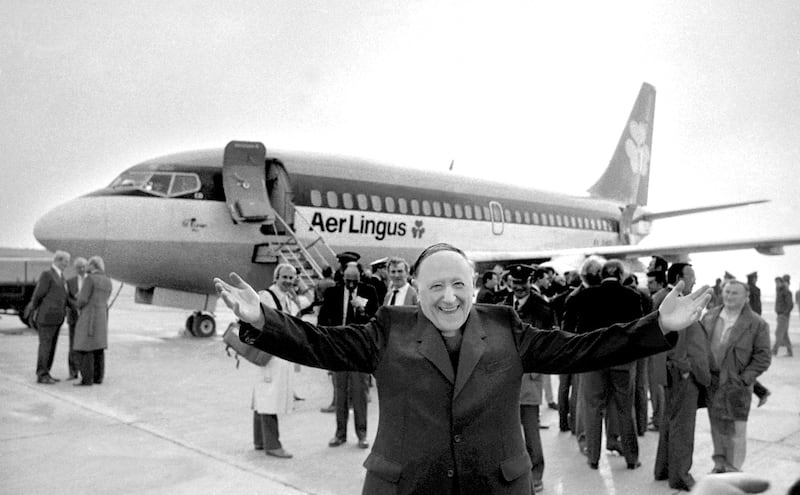
It was Wills who, in 1976, arrived to take the powerful black and white image of hunger striker Frank Stagg’s empty grave, dug up in the dead of night and moved to a republican plot. And it was Wills alone who noticed that Garret FitzGerald was wearing odd shoes as he campaigned in Enniscrone during the tumultuous litany of elections in the early 1980s. To pair a patterned brogue with a plain shoe is a forgivable mistake for any absent minded intellectual. But it is dynamite for a public figure. Wills knew Garret. He liked him. He thought twice about it. But the shot! He took the picture. It appeared the following week.
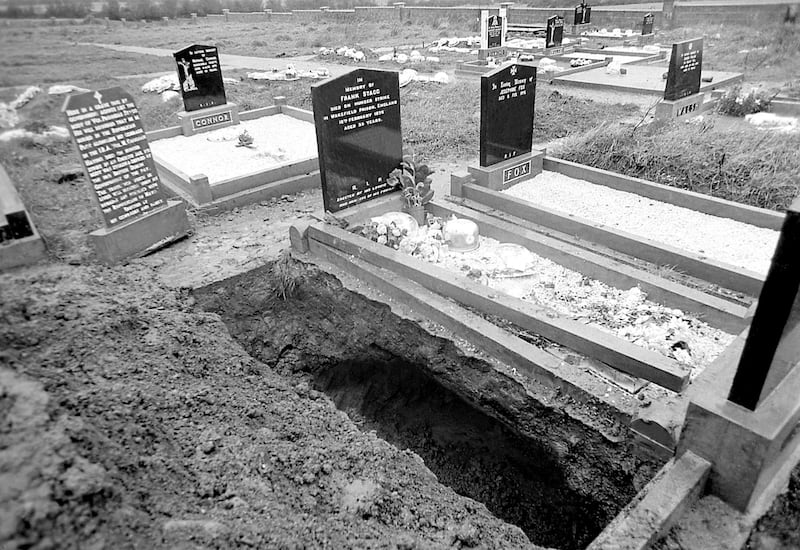
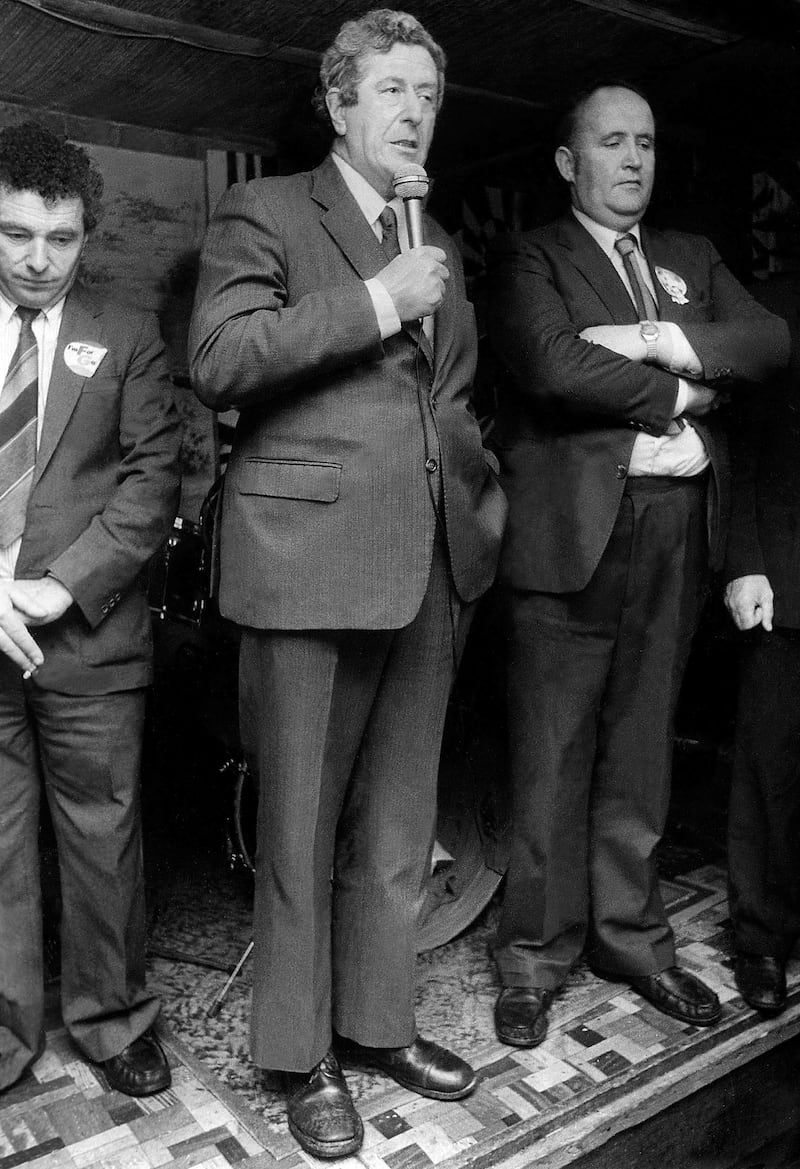
“It was only when he was finishing the speech, I spotted it. But you don’t bite the hand that feeds you. And lo and behold, didn’t Ray MacSharry get a copy of the Western People and brought it in to some debate in the Dáil and he waved it across the chamber at Garret and said: a man that doesn’t know one shoe from the other. And all hell broke loose. The Irish Times picture editor wanted it and the Press were roaring for it. And you couldn’t just send it. You had to put it on the bloody train fast-track.”
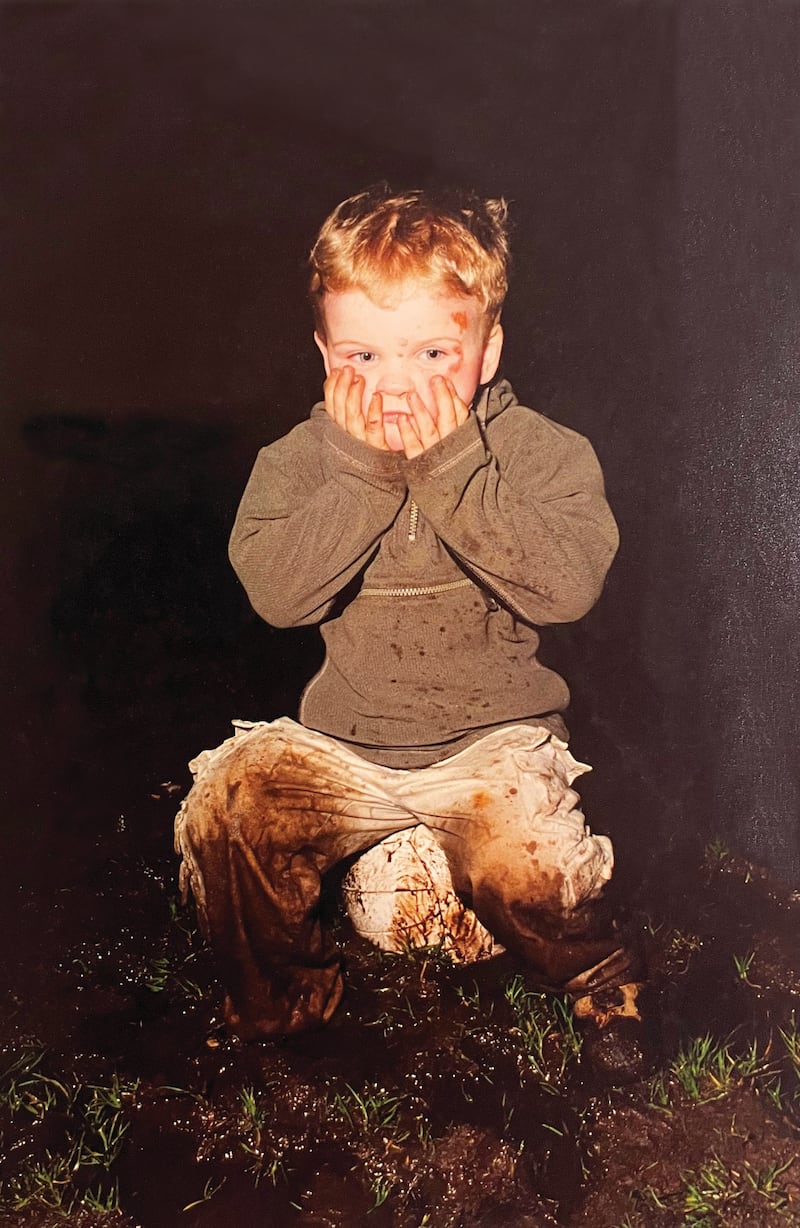
That was part of the fun. In the pre-digital age, newspaper photography was a physical game, of patience, of stamina, of solitary evenings in the darkroom.
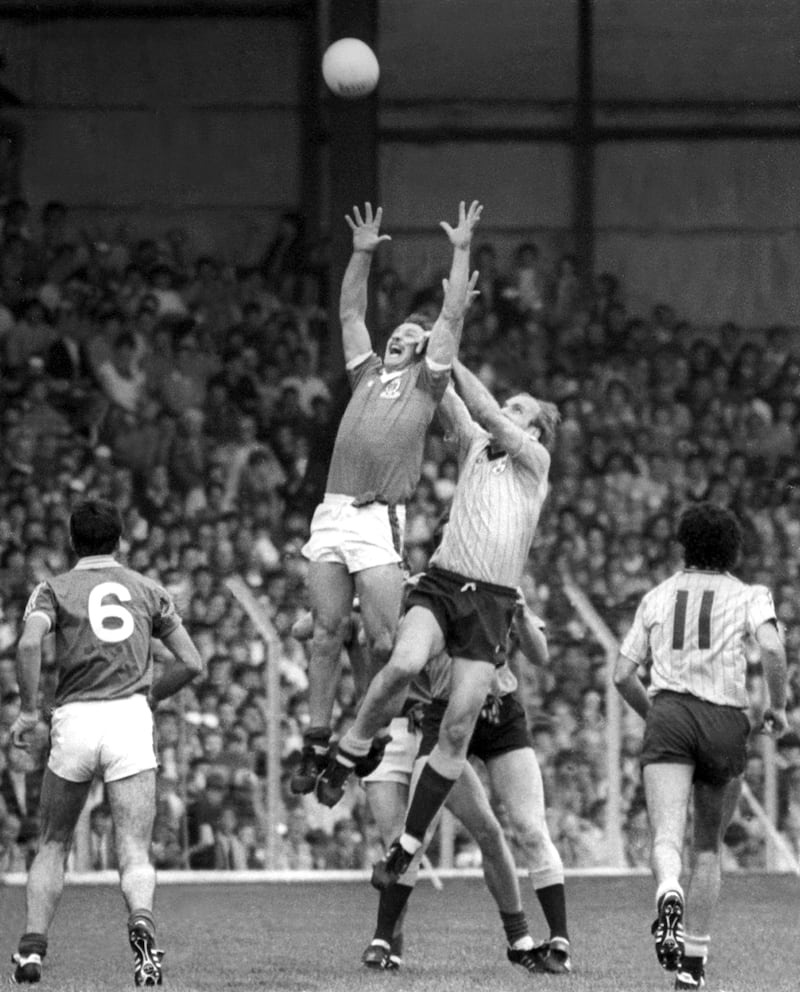
“Yeah. The magic of watching a print and learning the technology of it. The camera is only an instrument. It is what you do with it. It is like driving a car. Once I got over what I call the controls of the camera, you are looking at the image and not worrying about the controls and the aperture and this and that. Damien Sleator and Mary Ruane taught me so much. And all my colleagues in the press association. International press would let you know what was happening in terms of new technology and equipment, so you were always kept up to speed.”
[ Reflections on the state we’re in: Capturing the faces of modern IrelandOpens in new window ]

When Wills flicked through the book, it wasn’t the most famous photos he lingered on. He has a soft spot for the black-and-white in which Pee Flynn is holding court with Irish Press photographer Colman Doyle and Joe St Ledger of The Irish Times. All three are oblivious to Wills’s camera. Pee is high on the wine of life as he entertains his guests. Another image – or moment, rather, that stays with him is of a young Traveller child, no more than three. It’s on page 158. It was three days before Christmas, 1977 and the day was frigid.
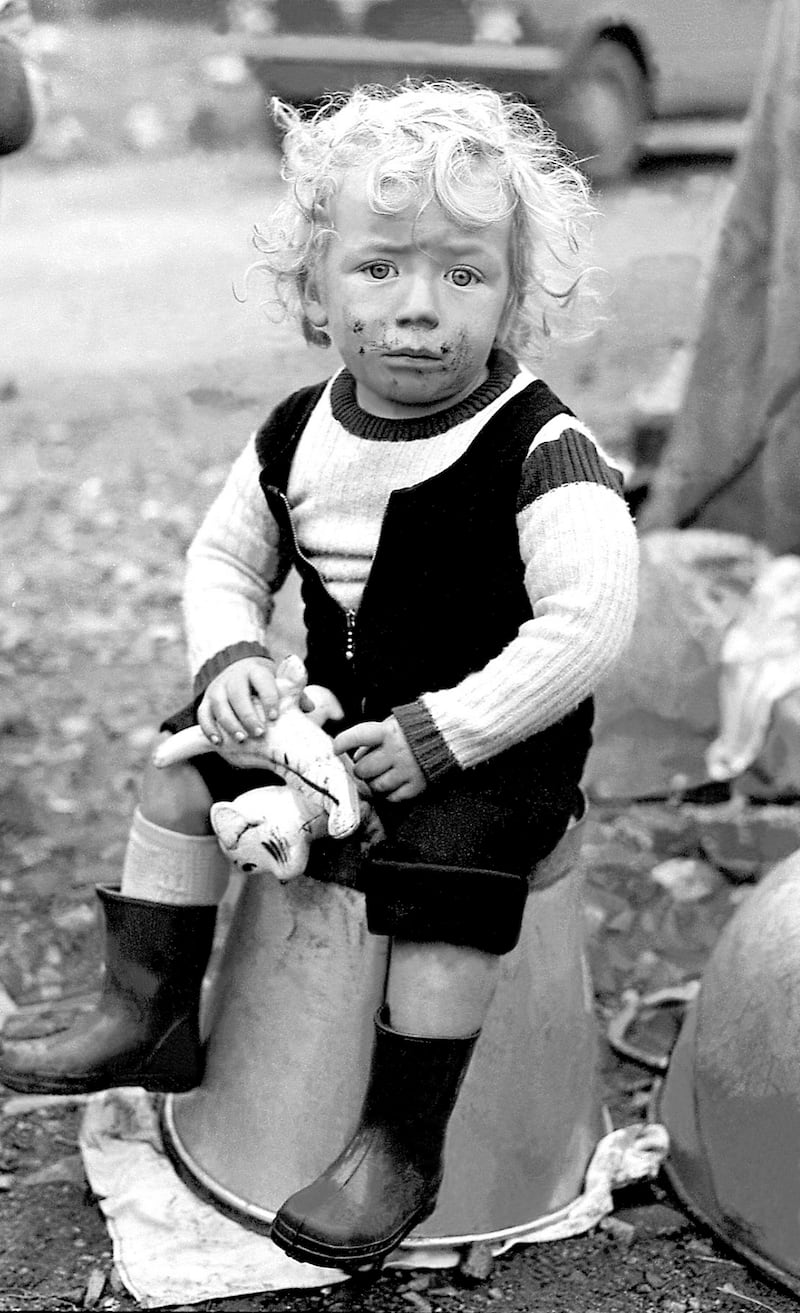
“They were living in a tent on the side of the road. And here he was in his little wellingtons. Sitting on a bucket. And every time I look at it… it is the stare he gives me back. When we put it into the paper, it was the week before Christmas. And I don’t know who put the headline on it: Suffer Little Children. And we got – imagine now in the 1970s – from the readership something like ten thousand punt, which we donated to Saint Vincent De Paul. And when I see that photo I think, well at least some good can come from what we do.”
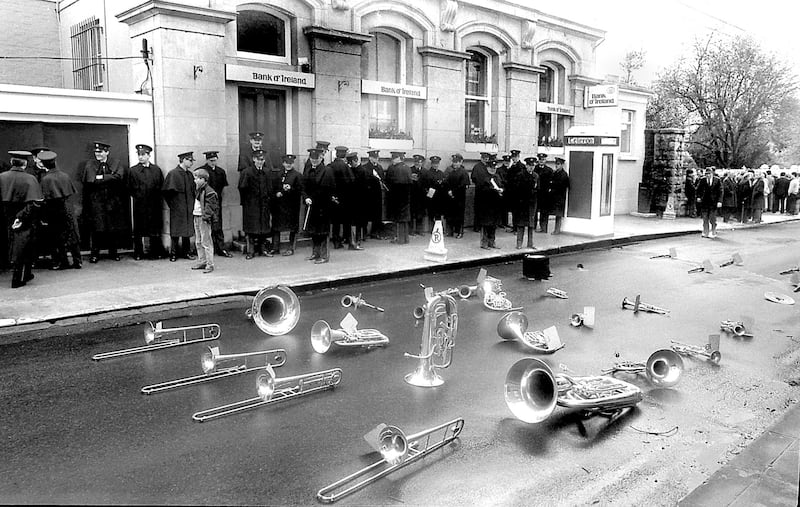
When a frustrated Mayo fan flung a straw hat, festooned in the green and red, on to Croke Park during a grim All-Ireland final against Kerry, it was Wills who lay down to snap it, catching Colm Cooper running amok in the background. It was Wills who caught Willie Joe Padden soaring over Brian Mullins, no less. How many hours has he stood on football fields, local and national? At funerals, weddings, late night bashes, endless election counts? Waiting, chatting with others, mingling to the point of invisibility. They all knew him. There’s Henry.

“It is your sense of community at the end of the day. When I think of the number of people that let you into their lives. Really, it is that. The empathy. You either have it or don’t have it for them. It is your own sense of place. There is a difference between what I would classify as local and parochial.”
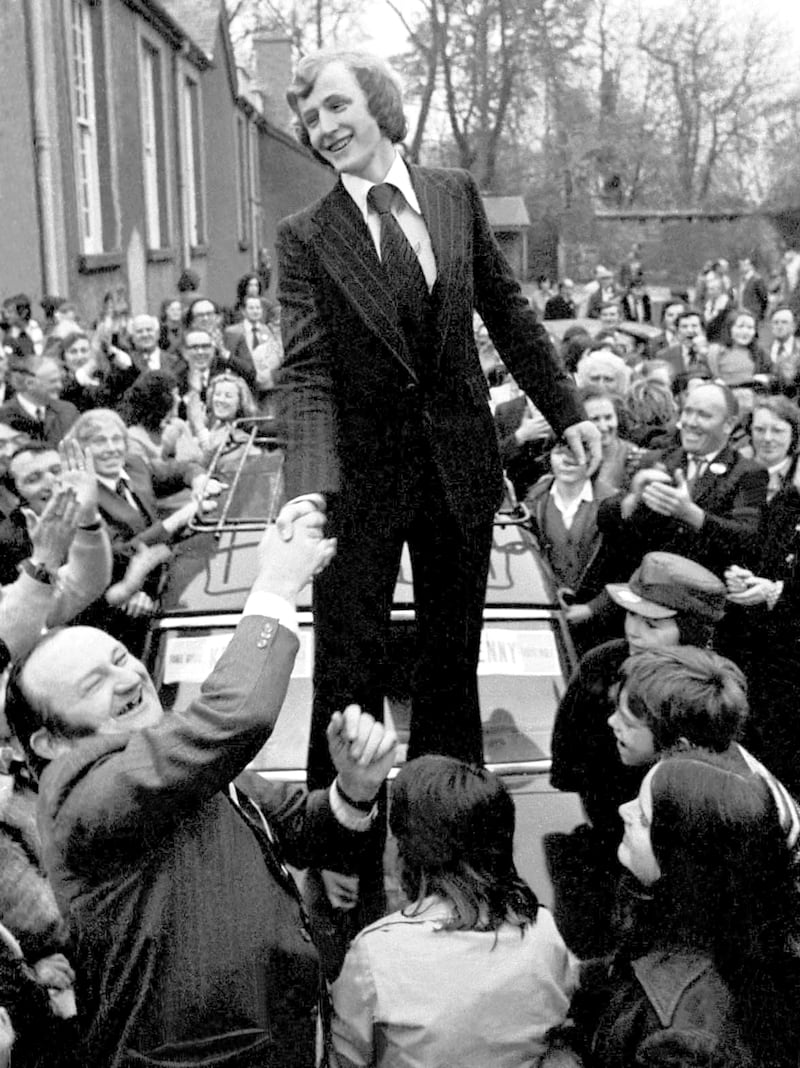
‘The new technology was less time-consuming. But! No more than life itself, it put much more deadline pressure on you. Everyone wanted it now, now, now!’
— Henry Wills
When monsoon weather caused landslides in Belmullet one night, Wills knew he had to leave as soon as he heard, at 10 in the evening, the weather wild. And it was Wills who knew the importance of getting Ronnie Naylor, 50 years with the Western as a printer, in the days of hot metal. Ronnie’s father Bill had moved from Yorkshire to set up the Western printing press; he ended up staying. The photo is simple and imperious. And it captured the end of something. Provincial Irish newspapers, many well into their second century of news, felt the sting of the digital age as advertising revenue dropped and the demand for instant information intensified.

“The new technology was less time-consuming. But! No more than life itself, it put much more deadline pressure on you. Everyone wanted it now, now, now!”
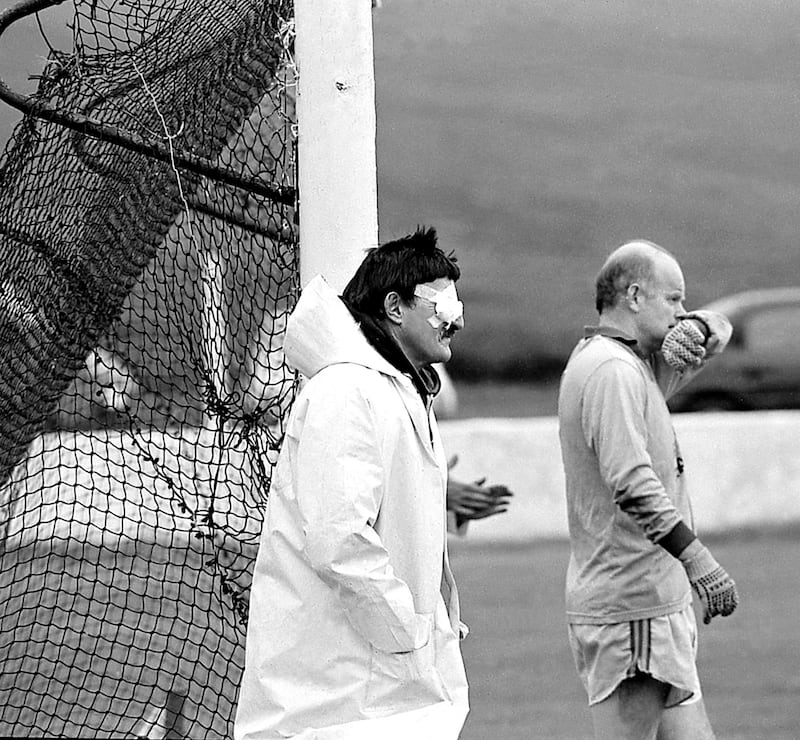
The Western changed ownership. The decision was taken, at some stage, to close the photography department. Wills retired. The loss was to Mayo. In their own way, the dedicated provincial newspaper photographer is a mythical figure in his or her own right. They moved so unobtrusively among us that it isn’t until something like In All Kinds Of Weather comes along that we begin to understand the riches they bestowed or the life-force they caught in perpetuity. I ask Henry Wills, finally, about the joys of the life behind the camera.
[ Dublin Marathon in picturesOpens in new window ]
“I must say I missed the magic of looking at a negative,” he says, slowly. “Seeing that image. And you just couldn’t wait to print it. And then you would see it come up in front of your eyes. And you’d say: Awh, Good Jesus. That to me was absolute magic.”
In All Kinds of Weather is published by the Western People (€25).


















